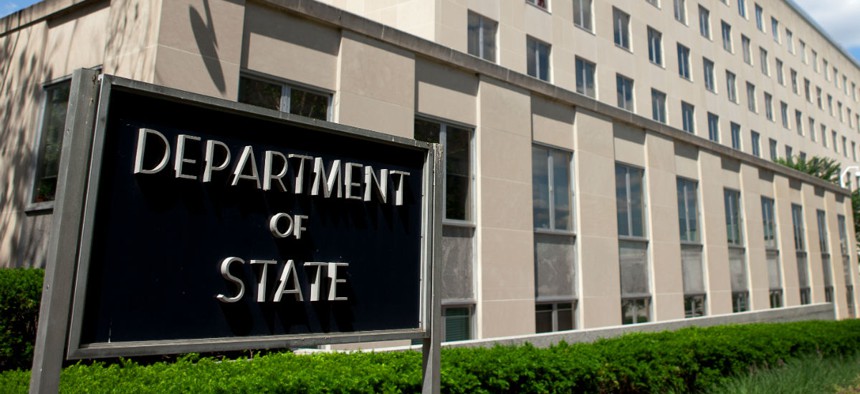
State Department Advised to Improve Performance Measures on Embassy Design
GAO calls for centralized detail on factors such as facility energy use.
For six years, the State Department has been designing overseas embassies under an “Excellence in Diplomatic Facilities” program aimed at building more innovative, functional and sustainably secure facilities.
But after spending $21 billion since 1999, its Bureau of Overseas Buildings Operations lacks “project-level performance measures specific to the goals” and priorities, the Government Accountability Office reported.
State also has not set up a “reliable system to monitor operating performance, such as building energy usage, and a centralized database to broadly manage the Excellence program, to include effectively reporting on projects’ design and construction costs and schedules,” auditors said.
In a report to leaders on the House Oversight and Government Reform Committee and the Senate Homeland Security Governmental Affairs Committee, GAO warned that while “a greater upfront investment in design may yield embassy improvements, it carries with it increased risk to project costs and schedule” because that bureau cannot fully assess its merits.
The construction program, which dates back to the 1990s following terrorist bombings of U.S. embassies in Africa, more recently has been challenged on Capitol Hill as wasteful. In 2011, State recast the program to give it a more direct design control than was common under the standard embassy design to improve aesthetics, quality, location, and functionality.
State’s “new approach poses cost and schedule trade-offs,” GAO noted, saying the bureau “now has greater design control but may also be responsible if design problems are identified during construction.” A survey found that State staff are divided on the value of the Excellence approach.
GAO recommended that State’s bureau determine the practicality of its goal of moving 1,500 employee annually into safe, secure and functional facilities; establish updated performance measures; and finalize methods for tracking progress as well as a centralized management mechanism for the program.
State managers agreed.







